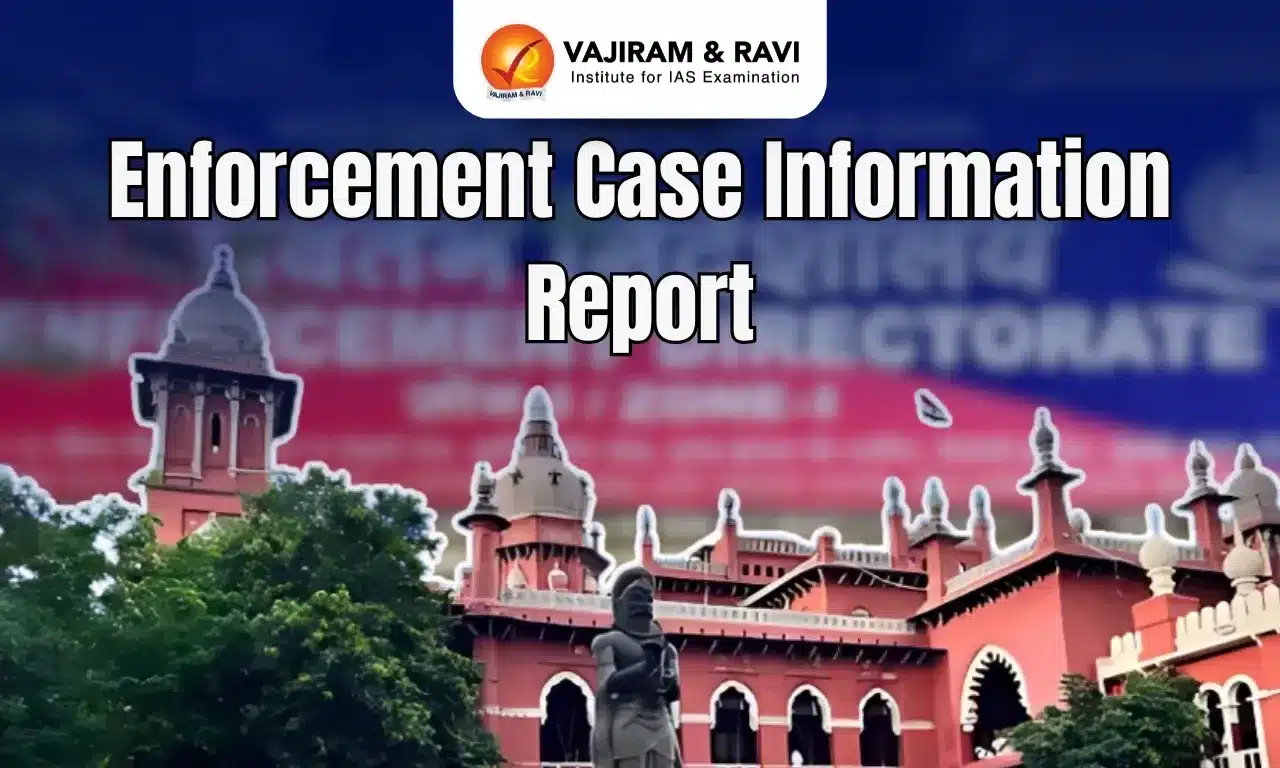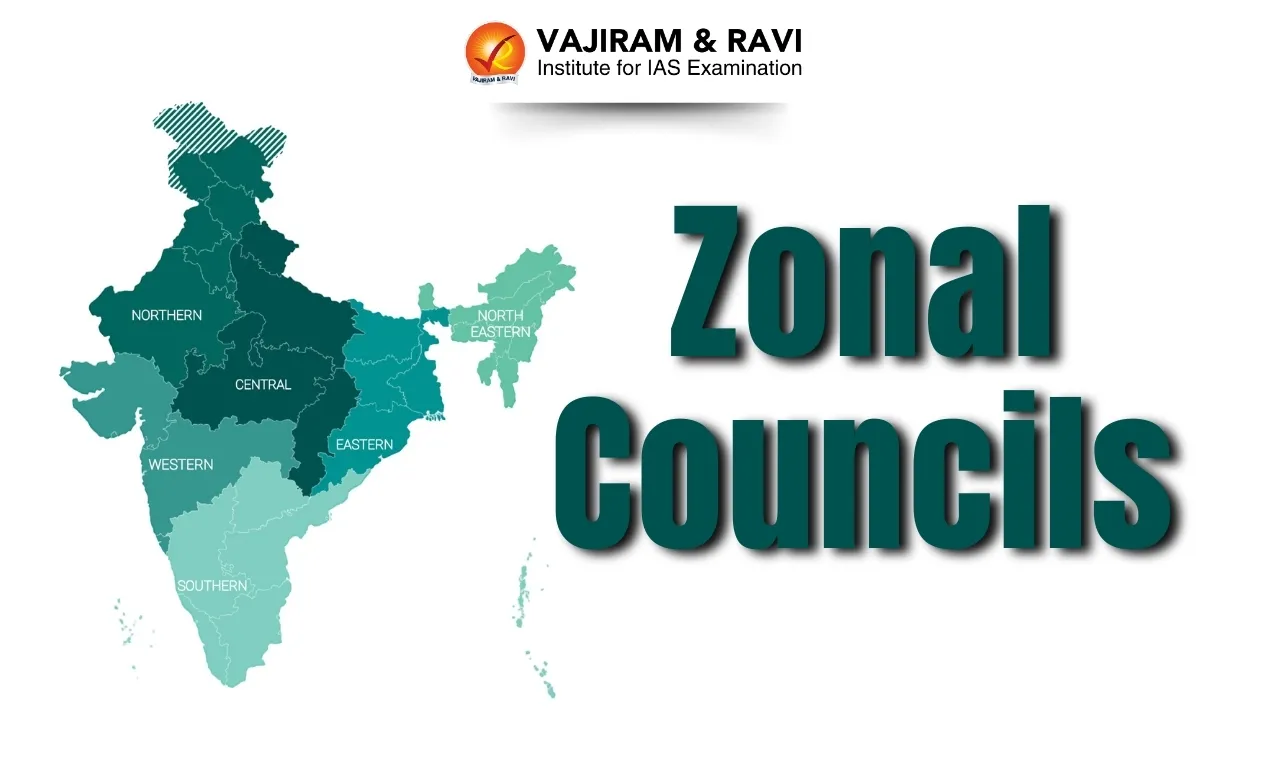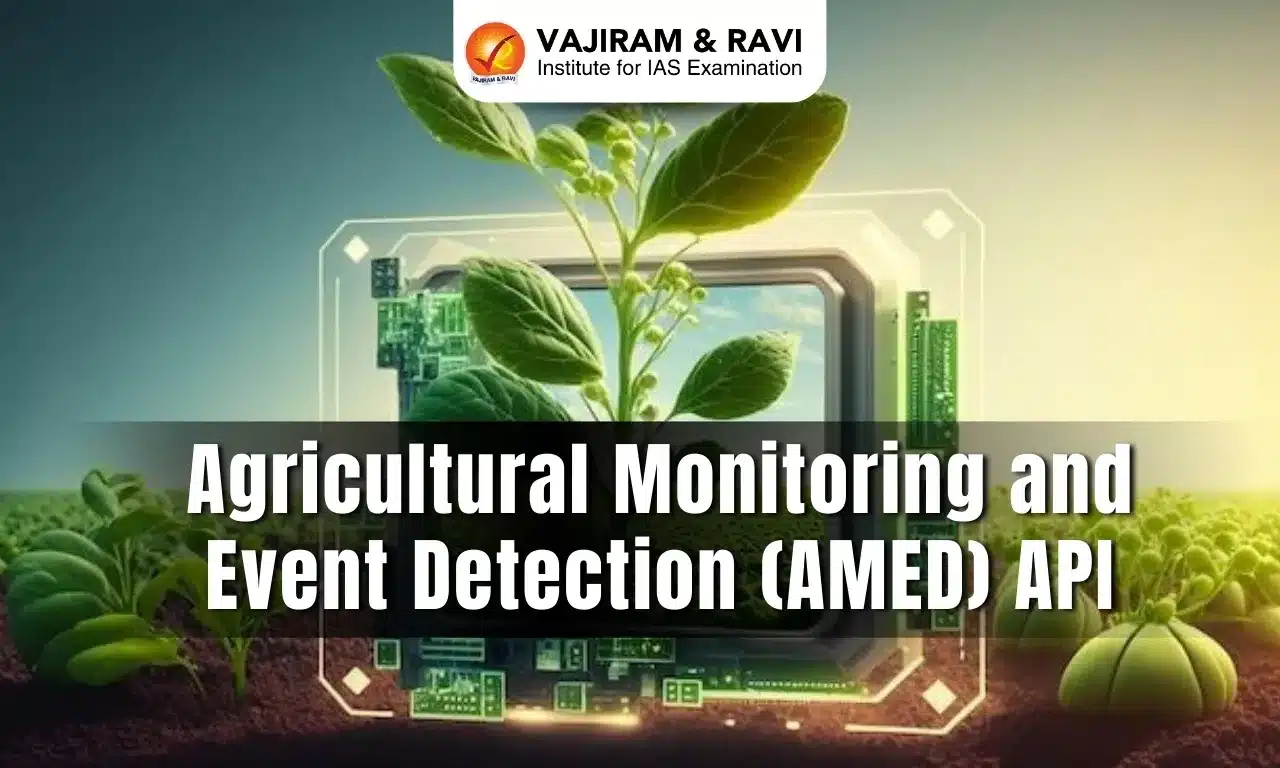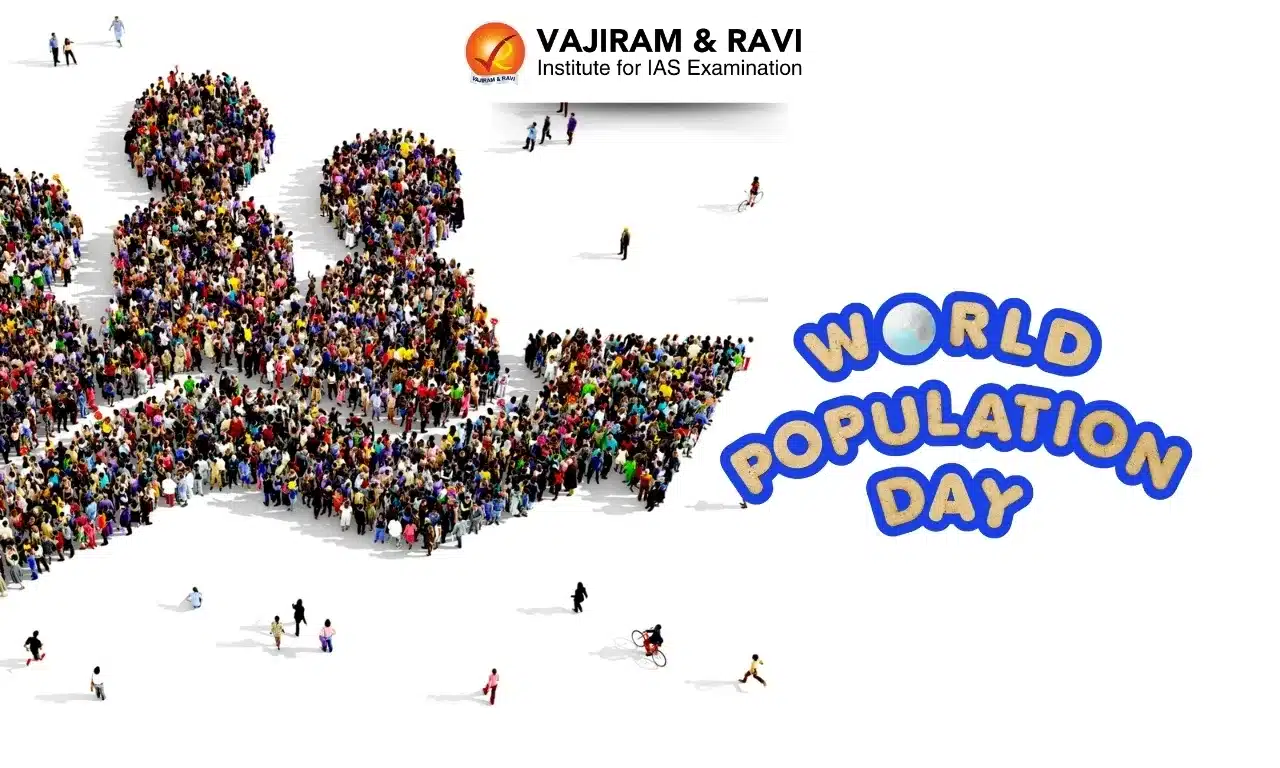Enforcement Case Information Report Latest News
The Enforcement Directorate (ED) recently registered an Enforcement Case Information Report (ECIR) against 29 individuals, including actors, television hosts, social media influencers, and YouTubers, for allegedly promoting illegal betting applications.
About Enforcement Case Information Report
- The ECIR is a formal entry of the complaint lodged by the Enforcement Directorate (ED).
- Whenever the ED receives information about the commission of an offence of money laundering, it is converted into a formal report known as the ECIR.
- It serves as a starting point for ED’s proceedings, including the attachment of assets and arrests.
- There is no mention of the ECIR in the Prevention of Money Laundering Act, 2002 (PMLA Act), or Rules.
- Since the PMLA does not necessitate the registration of ECIR, it is considered a non-statutory document.
- However, as per the practice of ED, the ECIR is lodged before taking any action under the PMLA Act.
- The ECIR under the PMLA Act is similar to the First Information Report (FIR) lodged by the Police for cognizable offences.
- However, the Supreme Court held that an ECIR cannot be equated with an FIR, which is mandatorily required to be recorded and supplied to the accused.
- As per the ED, ECIR is a document meant for identification of a particular case and for departmental convenience and is purely an internal document.
- ED is not legally bound to provide a copy of the ECIR to the accused.
- Since ECIR lacks statutory status, there is no requirement to quash them.
Key Facts about Enforcement Directorate
- The Directorate of Enforcement or Enforcement Directorate (ED) is a domestic law enforcement agency and economic intelligence agency.
- It was established in the year 1956 with its Headquarters at New Delhi.
- It is responsible for enforcing economic laws and fighting economic crimes in India.
- It is responsible for inspecting and taking legal action involving economic crimes, money laundering, corruption, and breaches of foreign exchange laws.
- Nodal Ministry: Department of Revenue, Ministry of Finance
- Objectives of the ED: The prime objective of the Enforcement Directorate is the enforcement of three key Acts of the Government of India, namely:
- Foreign Exchange Management Act, 1999 (FEMA),
- Prevention of Money Laundering Act, 2002 (PMLA), and
- Fugitive Economic Offenders Act, 2018 (FEOA).
Source: TH
Enforcement Case Information Report FAQs
Q1: Which agency files an Enforcement Case Information Report (ECIR)?
Ans: Enforcement Directorate (ED)
Q2: Is Enforcement Case Information Report (ECIR) mentioned in the Prevention of Money Laundering Act, 2002 (PMLA Act)?
Ans: There is no mention of the ECIR in the PMLA Act.
Q3: What is the nature of an Enforcement Case Information Report (ECIR)?
Ans: Non-statutory internal document.
Q4: What is the purpose of filing an Enforcement Case Information Report (ECIR) by the ED?
Ans: To initiate proceedings under money laundering laws.










